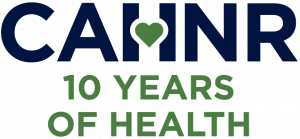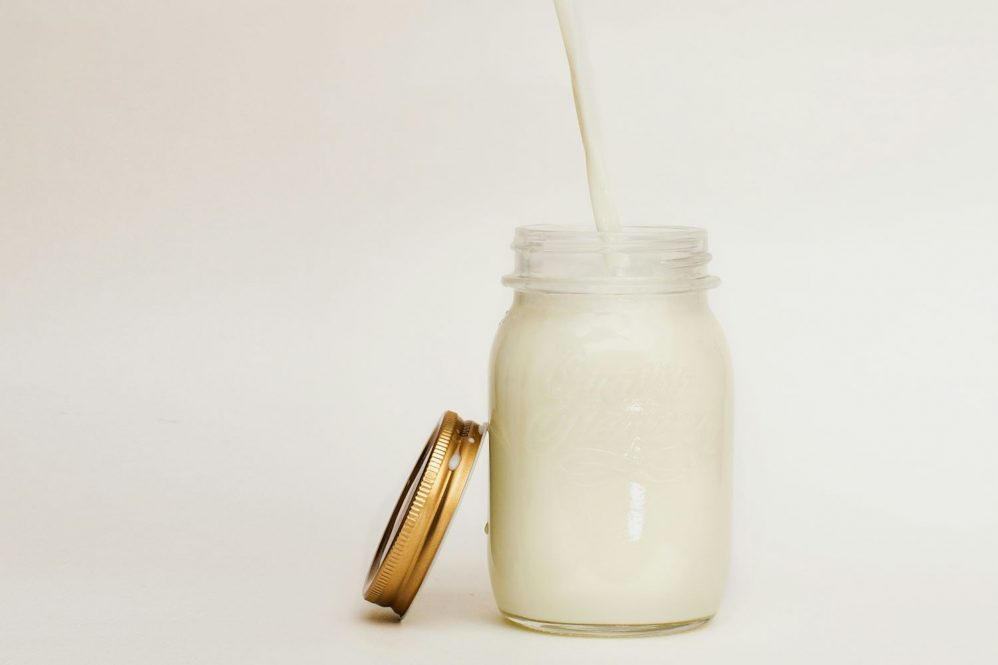News about a new strain of bird flu known as Highly Pathogenic Avian Influenza (HPAI) H5N1 has been sweeping the nation, including reports of it being found in milk. While HPAI has not been detected in Connecticut yet, there are a lot of questions as case numbers increase in other parts of the country.
 Pasteurized milk and dairy products are still safe to consume, according to Dennis D’Amico, associate professor of animal science. D’Amico, an expert in dairy science and food safety, answers pressing questions about the safety of milk during the outbreak.
Pasteurized milk and dairy products are still safe to consume, according to Dennis D’Amico, associate professor of animal science. D’Amico, an expert in dairy science and food safety, answers pressing questions about the safety of milk during the outbreak.
What is raw milk?
Raw milk is milk that has not been legally pasteurized. Raw milk products, like raw milk cheese, are those that are made from milk that has not been legally pasteurized.
Can you describe the pasteurization process?
Pasteurization of milk is, at its core, a combination of time and temperature designed to kill microbes that may be present in the milk. There are a few specific combinations of time and temperature that are legally allowed. The lower the temperature, the longer the producer has to hold milk at that temperature. Most of the milk you would find at the store and used for most of the dairy products you would buy are pasteurized using the “high temperature short time” process which is at 161 degrees Fahrenheit for 15 seconds. “Low temperature long time” pasteurization requires milk to be held at 145 degrees Fahrenheit for 30 minutes. There are also licensing and equipment requirements, as well as detailed regulations on the process and inspections, meaning raw milk heated at home is not legally considered pasteurized.
Why is there a risk of HPAI in raw milk?
Cows that are infected with bird flu can excrete the virus in their milk. Theoretically, a person could become infected with the virus if they drink raw milk containing HPAI, but additional research is needed to fully understand the potential risk to public health. We’re seeing new research on this subject as there are plenty of questions still to be answered. Scientists at the University of Wisconsin-Madison and the state’s Veterinary Diagnostic Laboratory recently reported that that HPAI A(H5N1) virus can remain relatively stable in refrigerated raw milk and can infect susceptible animals that consume it (mice in this case).
Why isn’t this as much of a risk with pasteurized milk?

Pasteurization times and temperatures for milk were determined back in the early 1900s to make sure they were capable of getting rid of the most heat-resistant pathogen that could be in raw milk. The bar was set very high. If it could get rid of the most heat-resistant one, it could get rid of anything else. While bird flu is a more recent concern, the capacity of the pasteurization process to inactivate other viruses in milk has been previously confirmed. The research from University of Wisconsin-Madison that I mentioned also determined that a simulated pasteurization process reduced HPAI in milk samples collected from infected cows by more than 4.5 log units (>99.99%). Although the experimental conditions differed from commercial processes, these data help to support the safety of the commercial pasteurized milk supply in the US.
There’s a lot of confidence going into the safety of pasteurized milk. Nearly all (99%) of the commercial milk supply in the U.S. comes from farms that participate in the Grade “A” milk program and follow the Pasteurized Milk Ordinance, which includes controls that help ensure the safety of pasteurized dairy products. Thus, the pasteurization process is not just time and temperature. Milk, by federal definition is collected from healthy animals. Milk from sick animals is diverted and/or dumped. But, sometimes producers can’t immediately tell when animals are sick if they are not showing symptoms, so the pasteurization process is designed to inactivate very high levels of pathogens including viruses. This isn’t new either – this process applies to all pasteurized milk, regardless of concern for HPAI.
Does pasteurization inactivate HPAI?
We do not currently have the direct evidence detailing to what degree pasteurization will inactivate HPAI in milk because it hasn’t been an issue in the past. The FDA (Food and Drug Administration) is currently conducting these studies and should have data to share in the near future. But what we do have is evidence that the process will inactivate other viruses and that less intensive heat treatments have been shown to inactivate HPAI in other foods.
How is the milk supply being monitored to assess the risk for HPAI?
The H5N1 virus has been confirmed in dairy cattle in nine states, and the virus has been detected in raw milk from clinically ill and asymptomatic dairy cattle. The FDA has also been sampling commercial dairy products at retail and although they’re finding fragments of the virus, they are not detecting live viruses, which means the virus was there and the process killed it. The concern right now in pasteurized products is extremely low. Pasteurized milk represents about 99% of all milk consumed in the US, so that’s where the focus is. Most producers of raw milk for retail are very small operations and represent a very small segment of the industry.
Is there any risk of other dairy products having HPAI?
If they are made from pasteurized milk, the confident assumption at the time is no. With raw milk products, that’s another unknown because when you make something like raw milk cheese, which is one of the only raw milk products you can sell in interstate commerce, there are a lot of processes that go into that. It’s heated a little bit, there’s salt, there’s acid, and lower moisture. Experts don’t really know what impact cheese production and aging will have on the virus if it’s in the raw milk to begin with.
Is there anything else consumers should know about HPAI in milk?
Consumers should feel confident purchasing and consuming pasteurized milk and milk products. However, the FDA is recommending that the dairy industry refrain from selling raw milk and raw milk products produced with milk from cows showing signs of illness.
This work relates to CAHNR’s Strategic Vision area focused on Enhancing Health and Well-Being Locally, Nationally, and Globally and Ensuring a Vibrant and Sustainable Agricultural Industry and Food Supply.
Follow UConn CAHNR on social media



